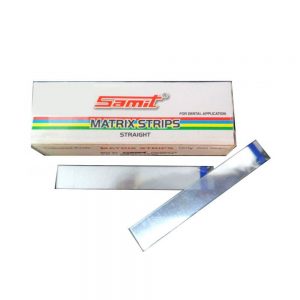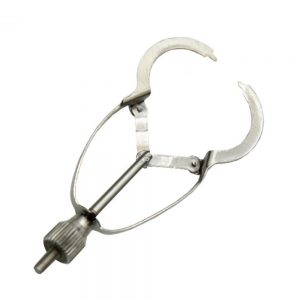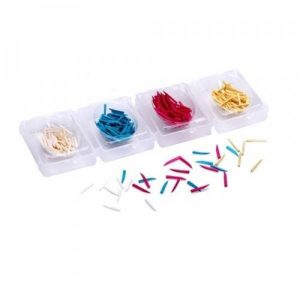Matrix materials & wedges
These materials effectively assist in creating tight, anatomical contacts in class II restorations, and proper tooth separation from adjacent teeth. Rely on Henry Schein’s knowledgeable network of trusted advisors for all your dental matrix materials. In order to perform the functions described above, dental matrices need to have a number of properties besides the requirements we mentioned above. Dental matrices must be able to withstand the force required to insert the filling without the material overflowing. Confirmed: these have the disadvantage of not allowing a correct contact relationship to be re-established in ratio to their location and shape, this is due to the fact that they cannot be modified to carry elastic memory. According to their stabilization. Matrices that do not need a matrix holder: they have great stability and rigidity; the latter is a disadvantage for their conformation, especially at the gingival level.



